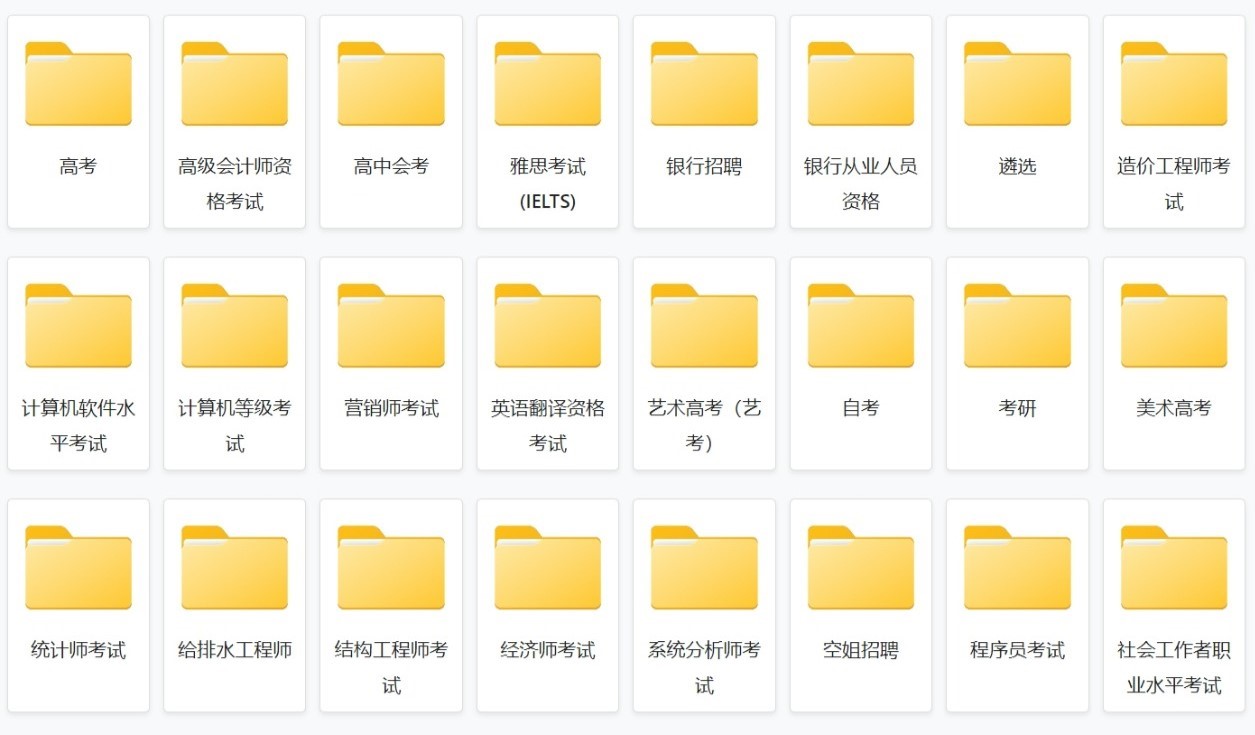Python-如何连接str和int对象?
如果我尝试执行以下操作:
things = 5
print("You have " + things + " things.")
我在Python 3.x中收到以下错误:
Traceback (most recent call last):
File "<stdin>", line 1, in <module>
TypeError: must be str, not int
…以及Python 2.x中的类似错误:
Traceback (most recent call last):
File "<stdin>", line 1, in <module>
TypeError: cannot concatenate 'str' and 'int' objects
我该如何解决这个问题?
-
这里的问题是
+运算符在Python中(至少)具有两种不同的含义:对于数字类型,这意味着“将数字加在一起”:>>> 1 + 2 3 >>> 3.4 + 5.6 9.0…,对于序列类型,它的意思是“连接序列”:
>>> [1, 2, 3] + [4, 5, 6] [1, 2, 3, 4, 5, 6] >>> 'abc' + 'def' 'abcdef'通常,Python不会为了使操作“有意义”而隐式地将对象从一种类型转换为另一种类型1,因为这会让人困惑:例如,你可能认为
“3”+5应该表示“35”,但其他人可能认为它应该表示8,甚至“8”。同样,Python不允许你连接两种不同类型的序列:
>>> [7, 8, 9] + 'ghi' Traceback (most recent call last): File "<stdin>", line 1, in <module> TypeError: can only concatenate list (not "str") to list因此,无论你要连接还是添加,都需要显式进行转换:
>>> 'Total: ' + str(123) 'Total: 123' >>> int('456') + 789 1245但是,有更好的方法。根据所使用的Python版本,可以使用三种不同类型的字符串格式2,它们不仅使你能够避免多种+操作:
>>> things = 5 >>> 'You have %d things.' % things # % interpolation 'You have 5 things.'>>> 'You have {} things.'.format(things) # str.format() 'You have 5 things.'>>> f'You have {things} things.' # f-string (since Python 3.6) 'You have 5 things.'…但还可以控制值的显示方式:
>>> value = 5 >>> sq_root = value ** 0.5 >>> sq_root 2.23606797749979>>> 'The square root of %d is %.2f (roughly).' % (value, sq_root) 'The square root of 5 is 2.24 (roughly).'>>> 'The square root of {v} is {sr:.2f} (roughly).'.format(v=value, sr=sq_root) 'The square root of 5 is 2.24 (roughly).'>>> f'The square root of {value} is {sq_root:.2f} (roughly).' 'The square root of 5 is 2.24 (roughly).'无论你使用%插值,str.format()还是f字符串取决于你:%插值的时间最长(并且对于使用C语言的人很熟悉),str.format()通常更强大,而f字符串仍然更强大(但仅在Python 3.6及更高版本中可用)。
另一种选择是利用以下事实:如果你提供print多个位置参数,它将使用sep关键字参数(默认为’ ‘)将它们的字符串表示形式连接在一起:
>>> things = 5 >>> print('you have', things, 'things.') you have 5 things. >>> print('you have', things, 'things.', sep=' ... ') you have ... 5 ... things.…但这通常不如使用Python的内置字符串格式化功能灵活。
1尽管它是数字类型的例外,但大多数人会同意要做的“正确”事情:
>>> 1 + 2.3 3.3 >>> 4.5 + (5.6+7j) (10.1+7j)

